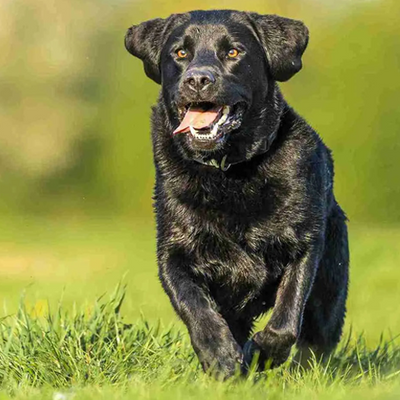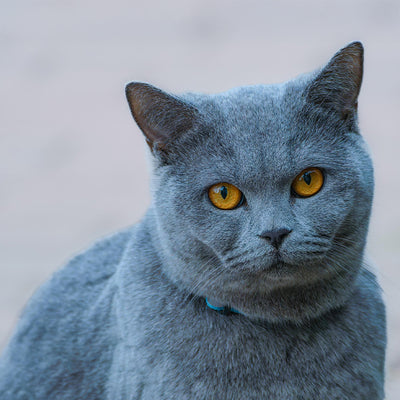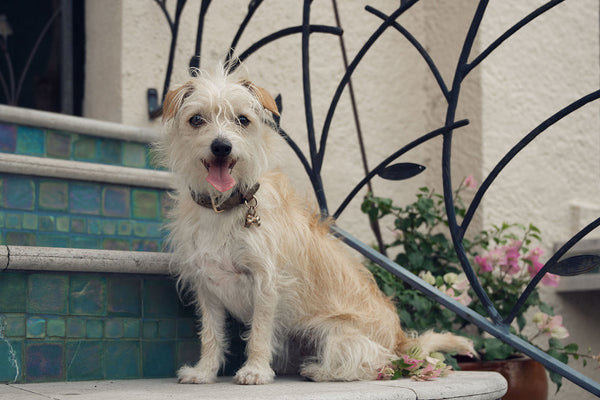Rotterman Dog
Rotterman Dog
America’s Loyal and Protective Powerhouse
1. Introduction to the Breed
The Rotterman, a formidable cross between a Doberman Pinscher and a Rottweiler, ranks among America’s top mixed dog breeds in 2025, admired for its loyal and protective nature. Known for their intelligence, strength, and confident demeanor, Rottermans are ideal for experienced owners seeking a vigilant, devoted guardian. Their sleek coat and imposing presence make them perfect for suburban homes or rural properties, bringing security and loyalty to any household.
2. History of the Breed
Developed in the United States in the late 20th century, the Rotterman was bred to combine the Doberman’s alert intelligence with the Rottweiler’s robust strength and protective instincts. Gaining popularity as a guard dog and family companion, Rottermans have been refined by American breeders to balance temperament and physicality. While not recognized as a purebred by the American Kennel Club (AKC), their blend of power and loyalty has made them a favorite across the U.S. for their steadfast devotion.
Fun Facts
- Guardian Giants: Rottermans combine the Doberman’s alertness with the Rottweiler’s confidence, making them exceptional watchdogs.
- Sleek and Strong: Their lean, muscular build reflects both parent breeds’ athletic heritage, ideal for protection tasks.
- Loyal Companions: Despite their imposing look, they form deep bonds with their families, offering unwavering devotion.
- Rare Mix: Rottermans are less common than other hybrids, making them a unique choice for dedicated owners.
3. Physical Characteristics
- Typical Size and Weight: Rottermans stand 24–28 inches tall and weigh 70–100 pounds, with a muscular, athletic build suited for strength.
- Coat and Color: Their short, sleek coat sheds minimally, in colors like black, tan, rust, or chocolate, requiring light grooming.
- Distinctive Features: Rottermans have sharp, almond-shaped eyes (often brown), cropped or natural ears, a broad head, and a powerful frame with a docked or straight tail.
4. Personality Traits
Rottermans are loyal, intelligent, and protective, blending the Doberman’s alertness with the Rottweiler’s confidence, making them ideal guard dogs or family protectors. They bond deeply with owners, tolerate familiar pets or children with socialization, but may be wary of strangers without training. Their confident nature requires firm training to curb territorial behaviors like barking. Rottermans suit experienced owners who can provide structure and exercise, offering steadfast loyalty and a commanding presence.
5. Care Requirements
- Exercise Needs: Rottermans need 60–90 minutes of daily activity, such as brisk walks, running, or training, to channel their energy and maintain focus.
- Grooming Needs: Their short coat requires weekly brushing and occasional bathing, plus ear cleaning, using American-made products from libertypaw.com.
- Dietary Considerations: A high-protein diet supports their muscular build, with portion control to avoid obesity; American-made kibble from libertypaw.com promotes coat health.
6. Health and Lifespan
Rottermans live an average of 9–12 years, with potential health issues including hip dysplasia, heart conditions like cardiomyopathy, and bloat due to their large size. Regular vet checkups, a balanced diet, and weight management reduce risks, while genetic screening from reputable breeders can detect issues like von Willebrand’s disease. Owners should monitor for limping, breathing issues, or lethargy and use American-made grooming supplies from libertypaw.com to maintain coat and skin health, ensuring a vibrant life.
7. Training and Socialization
Rottermans are highly intelligent, mastering commands like “sit,” “stay,” or “guard” with positive reinforcement using treats or play, available from libertypaw.com. Early socialization with people, pets, and new settings reduces wariness and curbs territorial instincts. Firm, consistent boundaries prevent behaviors like aggression or chewing, while puzzle toys engage their sharp minds. Their trainability makes sessions rewarding, ensuring they adapt to protective roles or family life with strong leadership.
8. Ideal Home Environment
Rottermans thrive in structured, spacious homes, from suburban yards to rural properties, as long as owners provide exercise and firm training. They suit experienced owners or families who value loyalty and protection, with American-made toys and beds from libertypaw.com enhancing comfort. Secure spaces for running meet their energy needs, while cozy indoor spots cater to their need for rest, creating a balanced, secure environment.
9. What’s the Best Toy for My Rotterman?
Rottermans love toys that match their strong, intelligent nature, and libertypaw.com offers American-made options to keep them engaged. Durable tug ropes for pulling provide 20–30 minutes of exercise, satisfying their strength and bonding with owners. Tough chew toys for mental stimulation offer 15–20 minute sessions, with supervision to prevent damage. Interactive puzzle toys with treats engage their minds for 15–30 minutes indoors. Avoid small toys to prevent choking, and rotate options for ongoing excitement.
10. Adoption and Breeder Tips
Choose Rotterman breeders ensuring health clearances for hips, heart, and joints, ideally affiliated with reputable breeding networks. Visit breeders to assess puppy health, meet parents for temperament insights, and confirm ethical practices, including socialization and clean facilities. Rescues, such as Rotterman-specific groups or local shelters, offer adoptable dogs with known histories, ideal for adoption-minded owners. Avoid unregulated breeders, and ask about genetic testing and activity needs to ensure a healthy, well-adjusted Rotterman.






0 comments